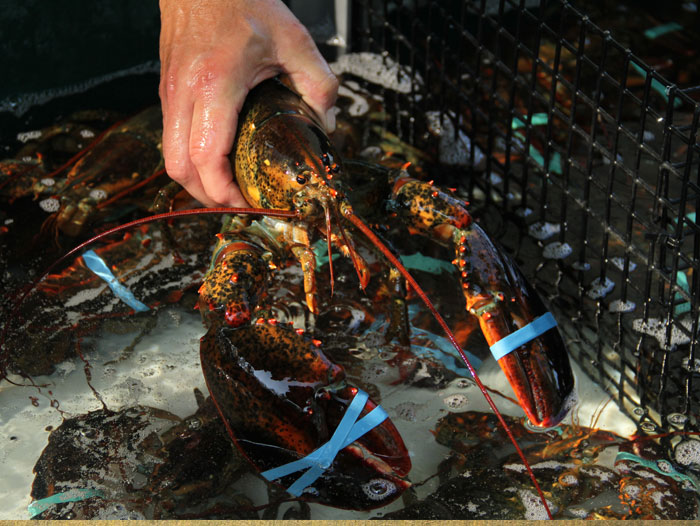Maine’s Lobster Industry is Feeling the Pinch
September 27, 2022 | 1 min to read

We have to go where the lobsters want to go…the rockier, the craggier, that’s where we want to be putting our traps,” says Ali Desjardin, as she pulls up a lobster trap from the ocean floor. She grabs a gauge to measure the area from the rear of the eye socket down the length of the back. Any lobsters kept must have backs between 3¼ inches and five inches (12.7cm) long. Everything else is returned to the sea. Females carrying eggs are also tossed back, a regulation Maine lobstermen put in place in 1872. Lobstermen notch females with a v to indicate to other fishermen that they are needed breeders. A purple rope, known as a line, attaches the trap to a floating buoy. Allegations about this line are rocking the entire lobster industry in Maine.
Earlier this month Monterey Bay Aquarium’s Seafood Watch, a California programme which advises consumers and businesses on what marine life to eat, placed the Atlantic lobster on its “avoid” list. According to Seafood Watch, the lines used in lobster fishing can entangle the endangered North Atlantic right whale. Outraged Maine lobstermen say they have not had an entanglement with a right whale in nearly two decades. Most say they have never even seen one. “It’s been extraordinarily frustrating,” says Patrice McCarron of the Maine Lobstermen’s Association, an advocacy group. “We pride ourselves on being stewards of the resource.”
To read the rest of the story, please go to: Economist
